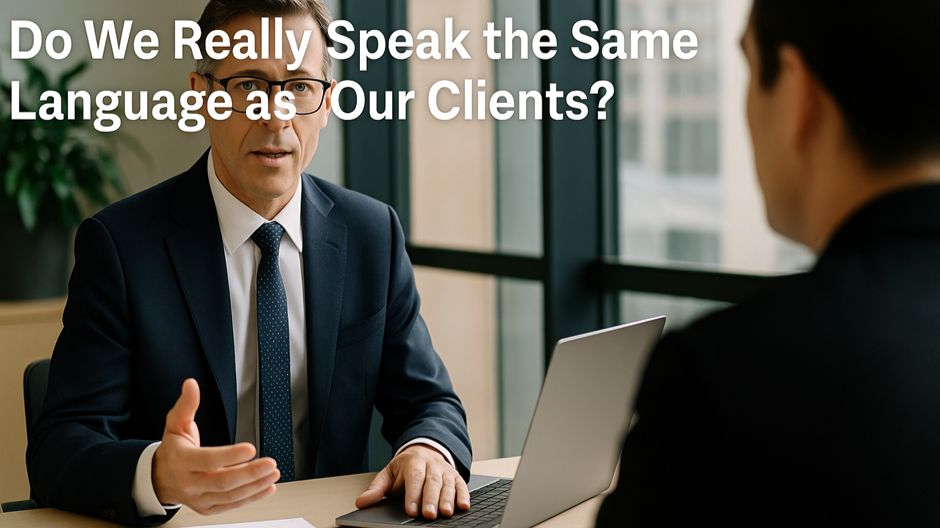When wealth goes up, so does the jargon. But are complex terms really a sign of expertise – or just a missed opportunity to connect?
In wealth management, there’s a common reflex: the higher the net worth, the more technical the language. Suddenly, conversations are filled with phrases like market-neutral strategies, illiquid alternatives, structured solutions, and volatility overlays. It sounds sophisticated – but often feels like a barrier. A similar issue appears in discussions about client communication, such as in The Power of Communication in Wealth Management.
Why does this happen? Maybe it’s a subconscious way to prove credibility. Or perhaps there’s an assumption that high-net-worth individuals (HNWIs) expect finance to sound complicated. But the truth is: most clients want clarity, not complexity. You can see this trend reflected in broader industry observations like those in Wealth Management Lessons from Samichlaus.
Many successful people didn’t build their wealth in capital markets. They created businesses, took risks, and solved problems. What they value now is simple:
👉 Knowing what’s happening with their money
👉 Understanding what could go wrong
👉 Having a clear plan in place
Think of it like a visit to a garage 🚗. If your car makes a strange noise, you don’t want a lecture on pistons and sensors. You want to know: is it serious, how long will it take, and what will it cost? This parallels the point made in Decoding Wealth Management, where simplifying complex ideas strengthens client understanding.
The same applies to financial advice. Real expertise isn’t about speaking in code – it’s about making the complex accessible. Plain language doesn’t reduce depth. It shows confidence and respect. This aligns with insights from AI in Independent Wealth Management, which explains how technology enhances clarity rather than complicating it.
HNWIs aren’t impressed by buzzwords. They trust professionals who listen, understand, and explain clearly. When we speak to humans, we build stronger relationships – and that’s the real asset. This relationship-first approach also comes through in The Key to Client Loyalty in Private Banking.
👉 How do you simplify the complex for your clients? Let’s exchange ideas in the comments.




